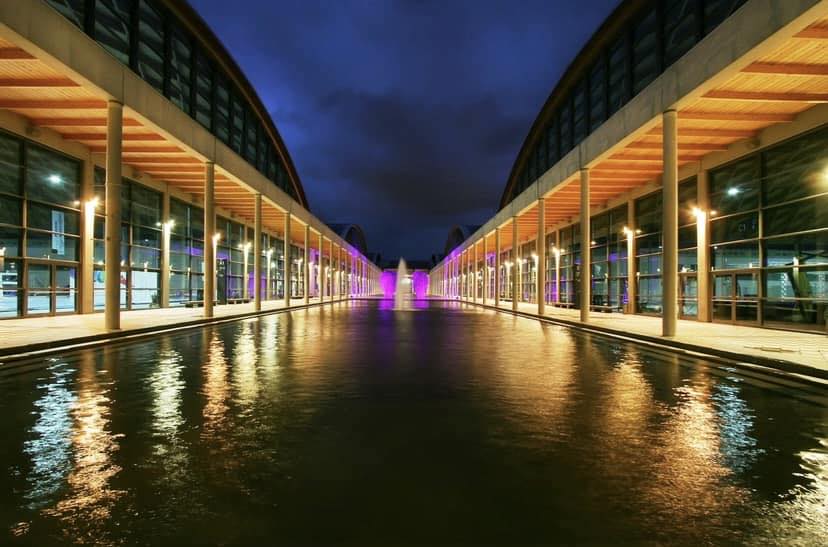The construction of the Roman Amphitheatre (l’anfiteatro romano) was ordered by the Emperor Hadrian, as evidenced by the coin portraying the emperor that was found in the walls. Tha building dates back to the 2nd century AD an it is an example of the “panem et circenses strategy”, or the quest forpublic approval and the lightening of social tension by affording the people moments of collective distraction.
The monument rose in a peripheral areal, on the edge of Ariminum, near the port and its location made it easily accessible by road, facilitating the flow of those visitors reaching it by land. The vestiges of the magnificent building that hosted the gladiator ludiums are the most significant in the entire Region.
The Roman Amphitheatre is an oval, concrete structure clad with bricks. It was composed by two superimposed rows of 60 arches with a height of more than 15 metres and was able to accommodate more than 10,000 spectators. It had an earthen aren,a slightly smaller than that of the Colosseum.
After not much more than a century of use the arena ceased to function and was incorporated into the walls erected, when the city attempted to ward off the threat of the barbarians.






